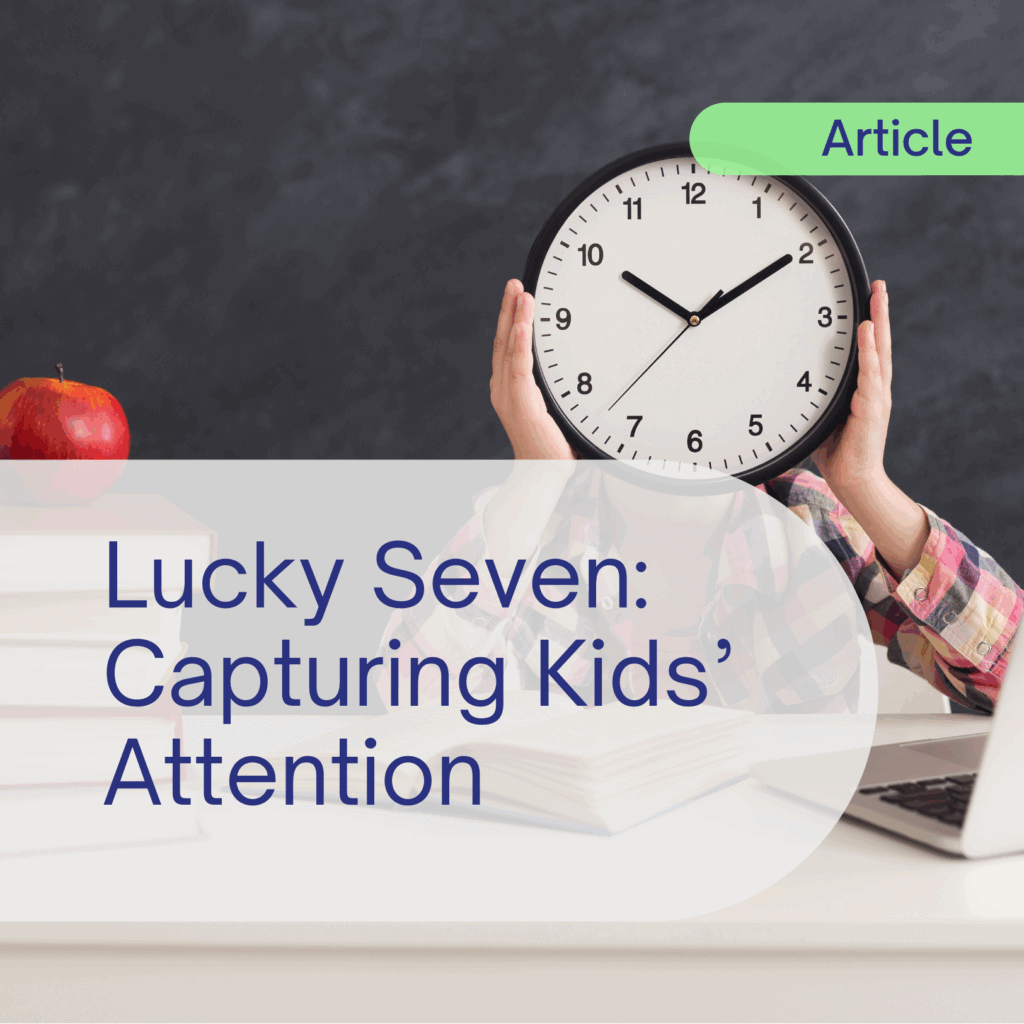How Today’s Digital-First Parents are Redefining Brand Expectations
Understanding today’s parents is as crucial as knowing what their children want. In 2025, rising cost-of-living pressures, evolving media habits, and shifting developmental priorities are reshaping how families play, spend, and connect, which impacts product choices at home.
Shifting Priorities in a Changing Economic Climate
In 2021, just 15% of parents with toddlers cited issues related to money and finance as their top concern. Today, that’s nearly doubled to 30%, reflecting multifaceted financial anxiety beyond income to the broader economic environment families navigate.
Yet, instead of pulling back, parents are spending more intentionally, seeking brands and products that deliver emotional and developmental value, not just entertainment.
What Parents Want from Play
Creative skills have overtaken social skills as parents of kid’s under-2 top developmental priority. Creativity rose from 17% in 2021 to 25% in 2025, while social skills dropped from 24% in 2023 to 16% in 2025. Other areas such as cognitive development, physical activity, and independence remain flat or declined. This signals a growing emphasis on imagination, expression, and open-ended thinking over traditional academic milestones.
This aligns with heightened concern for emotional wellbeing. 76% of parents of toddlers say it’s important to teach mental health and wellbeing – a notably high figure for such young children, signalling a shift in parenting culture towards emotional literacy.
Play is no longer a break from learning but a valuable tool to aid it. 75% believe role-play supports learning, 66% value unstructured play, and 55% see video games as educational, indicating growing acceptance of digital play when it’s perceived as meaningful. Educational value increasingly drives purchases, with 71% of parents actively seeking out toys and products that feel enriching, even during leisure time.

Screens are Helpful, But Heavily Debated
Smartphones anchor family life, used by 82% of parents with under-twos. They are more than communication tools, they are entertainment hubs and parenting lifelines, with 56% using them for social media and 45% for video calls and playing games. TVs remain the preferred screen for films (50%) and TV shows (48%), reflecting lean-back family viewing at home.
Smartwatches are on the rise, up 29% since 2021, meeting demands for quick, on-the-go access to schedules and health notifications. Meanwhile, smart speaker use dropped 8%, likely replaced by screen-based devices with voice functionality.
Video and visual-first platforms lead consumption. YouTube (87%) tops the list, confirming its dominance across all age groups – not just kids, but also for parents, likely for entertainment, parenting content, and co-viewing. Instagram (81%) and TikTok (72%) follow closely, showing that visually driven, scrollable content is a key part of parents’ media mix.
Facebook holds strong – Facebook (85%) and Facebook Messenger (77%) – likely due to community groups, marketplace, and staying connected with family. Platforms like X, LinkedIn and Pinterest serve as of identity moments beyond parenting (work, hobbies, creativity), while Reddit, Discord, and Twitch are niche or skewed by gaming-focused parents.
With six platforms have over 60% weekly use, suggesting that parents aren’t loyal to one platform, they’re juggling several that serve different purposes (info, entertainment, connection). The move away from traditional TV continues as parents embrace diverse formats and embed social media deeply in everyday life for both practical needs and emotional escape.

Where Families Spend Time Together
Millennial and Gen Z parents are reimaging quality time as a family. Shared TV watching rose from 21% in 2021 to 28% in 2025, now the top co-activity. Eating out is also increasing, reflecting greater comfort taking young children into social settings – still potentially a post-pandemic rebound.
Being active outdoors declined from 30% to 23%, and co-playing with toys dropped from 30% in 2022–2023 to 18% in 2025. These changes may stem from time pressures, indoor lifestyles, or children’s shifting preference for digital experiences. Reading, music, and creativity remain stable but low, while video games rose from 8% in 2023 to 14% in 2025, signalling growing comfort of shared digital play.
Discovery, Trust and Influence in the Digital Age
Social media plays a direct role in commercial behaviours. Between 2023 and 2025, there’s been a rise in parents using social platforms to discover new products (up 52%), follow brands they like (up 51%), seek parenting advice (up 21%), and research products (up 18%).
Parents now actively seek reassurance, credibility, and connection from brands on social media. Trust increasingly depends on real voices and lived experiences. Peer and expert validation have grown in importance, with reviews on social channels up from 15% to 27% since 2021, and specialist child product reviews up 33% from 21% to 28%. Traditional media still holds the most trust among parents of 1–2-year-olds when it comes to product and brand recommendations with 38% finding TV ads more trustworthy than social platform ads, which stand at 26%.

The New Shape of Retail
Amazon and supermarkets still lead but are losing ground. Spending dropped 7% and 5%, respectively, since 2021. Meanwhile, specialist and purpose-driven outlets grow with bookstores up 50%, specialist baby stores up 47%, and arts & crafts up 26%.
Parents seek emotionally and practically valuable products validated by peers, increasingly found online, especially via mobile devices.
What It Means for Brands
Today’s parents are digital-first decision-makers. Social media, YouTube, and online reviews now shape much of their discovery and purchase journey, with research often starting long before they buy.
Their choices are driven by a mix of emotional and practical needs. While cautious about screen time, they are not opposed to it, especially when it supports creativity, social connection, or mental wellbeing.
Having a well-known brand or award-winning product is no longer enough. Parents want to know what other parents think. They turn to forums, reviews, and real testimonials. Emotional reassurance, the feeling that a product will help them do the right thing, often drives the final purchase decision. Brands must become parenting allies by providing content, advice, community, and convenience.
Strategic Actions to Stay Relevant
- Position products as tools for emotional connection and development. It is not just what the product does but how it makes parents and children feel. Products that promote calm, creativity, bonding, or confidence cut through.
- Design for “mental load” relief. Brands can differentiate by supporting parents’ wellbeing through simplicity, reassurance, and helping them feel in control.
- Champion unstructured play and flexibility. Avoid rigid claims about milestones or achievement. Instead, highlight how your product supports exploration, imagination, and interaction.
- Embrace wellbeing credentials. Eco-friendliness, safety, low-toxicity, and comfort features that support physical and mental health are becoming more influential in purchase decisions.
These insights were presented by Adam Woodgate, VP Research Solutions, at the Baby Products Industry Association General Meeting. Download the full presentation here





